Photographs: Courtesy, Gujarat International Finance Tec-City Vinay Umarji and Rutam Vora in Ahmedabad and Vadodara
Gujarat Chief Minister Narendra Modi’s style of governance has won praises from different quarters but the state’s development model has contrasting stories to tell.
While on the one hand, the state bureaucracy is lauded for its higher completion rate of projects announced by corporations, on the other, some of the state’s own projects, especially in the infrastructure segment, have seen unexpected delays.
Among such is the Gujarat International Finance Tec-City (GIFT City). One of the most ambitious projects of Modi, GIFT City has seen an unprecedented delay.
For instance, against a target of two towers to be launched in 2012, Gujarat International Finance Tec-City Co Ltd launched only one tower during the Vibrant Gujarat Summit in January 2013.
The project is set to miss its 2014 deadline for the first phase, which will comprise 10 towers, with a total built-up area of 10 million sq ft.
…
Gujarat model: State falters, corporates succeed
Image: Artist's impression of the Central Business District in Dholera Special Investment Region.Photographs: Dholera SIR Development Authority.
Similarly, the much-touted Dholera special investment region (SIR) should have seen allotment of land to some major construction and developer companies for infrastructure and city development projects.
However, with at least three such firms missing the January 2013 deadline for a down payment on the allotted land, the Dholera SIR Development Authority, the nodal agency for the project, is still scouting for players to allot land in the first phase.
The Kalpasar Project, which envisages installation of a dam across the Gulf of Cambay, to create one of the world’s largest fresh water reservoirs in the sea, is also delayed.
The proposed project could store more than 10,000 million cubic metres of surface water that can be used for irrigation, drinking and other purposes.
Though the original project was redesigned in 2008-09, its feasibility study is still in the pipeline and is not expected till the end of 2013, according to state minister Bhupendrasinh Chudasama.
…
Gujarat model: State falters, corporates succeed
Photographs: Gary Cameron/Reuters
As per a pre-feasibility report, the cost of the project was estimated at Rs 53,000 crore (Rs 530 billion) (base year 1998), in which the tidal power component was Rs 33,000 crore (Rs 330 billion).
Further, the Gujarat Maritime Board (GMB), the state’s port regulator, had listed around 12 new ports to be developed.
However, four of these projects have been dropped due to various reasons, few others are awaiting environmental clearances and at least two project locations had to be changed, while three projects are yet to be awarded.
The proposed ports will likely have a combined cargo-handling capacity of over 45 million tonnes per annum at an investment of Rs 7,400 crore (Rs 74 billion).
The GMB had planned to develop Khambhat, Dahej, Sutrapada, Modhawa and Mahuva as deep-draught ports. However, according to GMB sources, work could start at only Dahej port, while the Khambhat project has been put on hold due to the Kalpasar reservoir project.
…
The image for representation purpose only.
Gujarat model: State falters, corporates succeed
Image: Indian officials look at the overflowing Sardar Sarovar Narmada dam.Photographs: Amit Dave/Reuters
Although the Gujarat government got the green signal from the sub-committee on resettlement and rehabilitation of the Narmada Control Authority (NCA) last week, clearance for raising Narmada dam's height to 138.68 metres from the Sardar Sarovar Construction Advisory Committee and the review committee for NCA are yet to be given, which could further delay the dam project.
Among the few projects completed with less delay was the Bus rapid transport system in Ahmedabad, the first phase of which was launched in October 2009 after a 10-month delay.
No wonder, experts are of the view that the state government has been slow towards its own deadlines for state-led projects even when it has expedited projects of private players.
"In general, there are issues that have delayed projects in Gujarat, but overall progress has been there. The overall track record (of the Gujarat government) has been good, but if you examine individually each project, from the expected rate of execution, it has not been as per the timeline they had set,” says G Raghuram, senior faculty member at the Indian Institute of Management, Ahmedabad.
“Gujarat's conversion of concepts into reality is higher than other states. But as compared to its own timeline of achieving reality, the government has taken more time."
…
Gujarat model: State falters, corporates succeed
Image: Gujarat's chief minister Narendra Modi (L) and Anil Ambani, chairman of Reliance Group, embrace as Ratan Tata, chairman Emeritus of Tata group, looks on during the inauguration ceremony of the Vibrant Gujarat global investor summit at Gandhinagar in the western Indian state of Gujarat in 2013.Photographs: Amit Dave/Reuters
Nevertheless, when it came to private projects, execution seemed to get faster by the Gujarat bureaucracy.
Consider this: The last five years saw a number of projects being either commissioned or under various stages of development.
Some of these include car plants of Tata Motors, Ford India and Maruti Suzuki India, and a joint venture plant for over-the-counter products from Teva Pharmaceutical Industries and Procter & Gamble, Abbott India's nutraceuticals manufacturing plant, Nestle India's consumer goods products facility and Colgate-Palmolive’s oral care products project.
Bureaucrats in the Modi administration say they have a clear mandate from the chief ministers' office to address issues related to project execution in a speedy manner. In case of 'big projects', the administration is more pro-active.
"When a company signs a state support agreement with the government, the timeline for implementation of various aspects of the project are clearly mentioned, and on the whole, the average time for execution of such a project from land allotment to start of production at site is around three years," said a senior officer involved closely with industrial projects in the state.

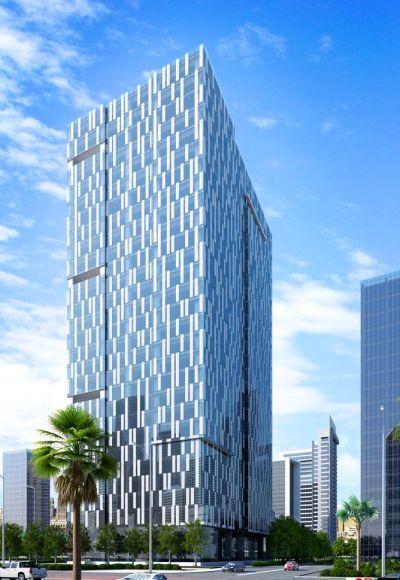
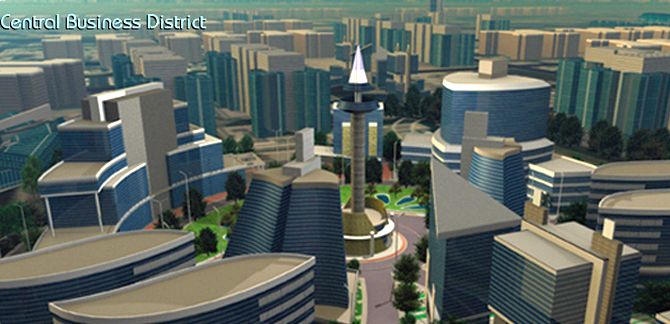
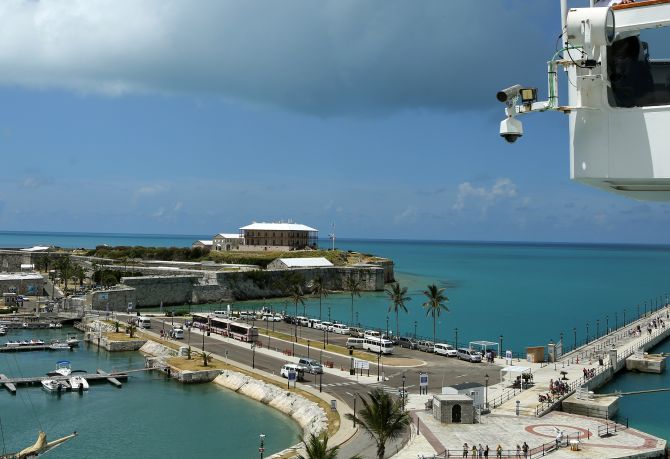
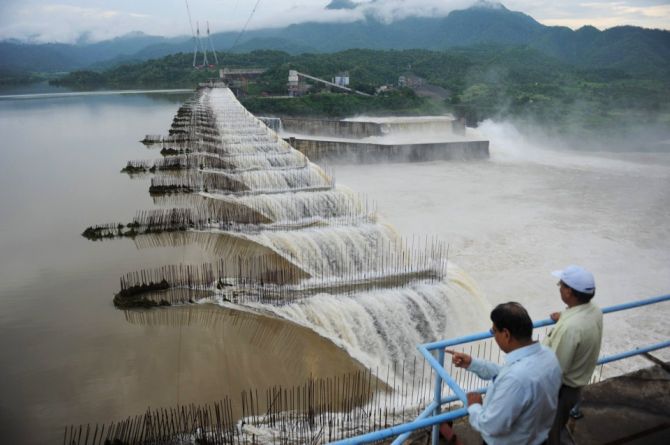
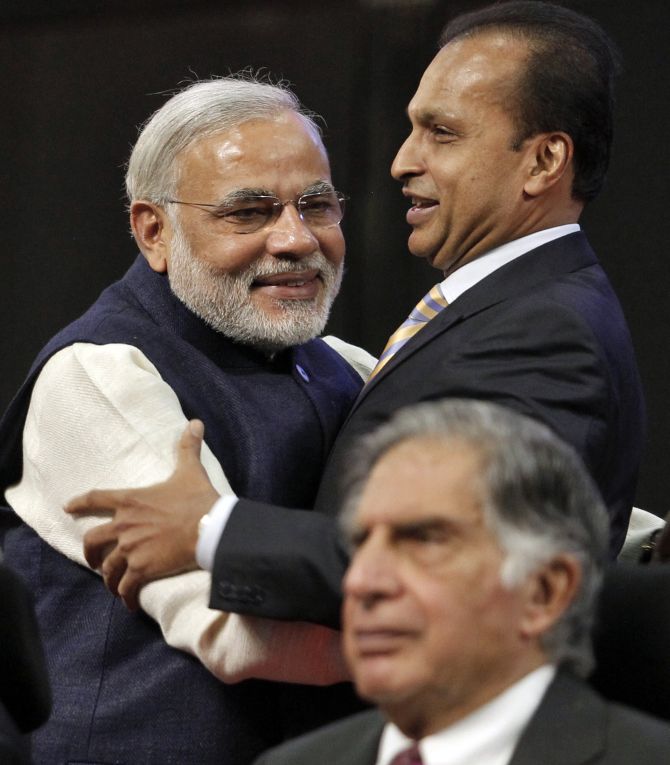

article